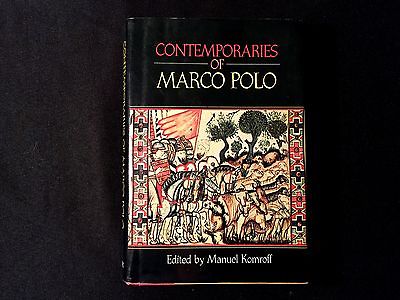I have been a reader of books of travel and exploration since I was 10 or so – by which I mean real explorers and not the self-advertising egomaniacs so common today. Books by giants of science and endeavour, such as Marco Polo, Livingstone, Sir Richard Burton, Humboldt, Waterton (an old Stonyhurst boy) and others, were devoured – Livingstone in an edition of about 1864 which could then still be borrowed from Rathmines Public Library.
But among all these heroes there were it seemed no Irishmen – the exploits of Irish-born travellers became British by imperial acquisition to speak.
There were exceptions of course. Tom Crean, now so well known and celebrated, could then be read about in Cherry Apsley-Garrard’s Worst Journey in the World or other records of Scott and Shackleton. There is a charming vignette of Crean as the owner of The South Pole pub at Anascaul in Robert Gibbings’ Sweet Cork of Thee (1951).
But there were, of course, Irish explorers, people filling in that long gap between St Brendan and others and Tom Crean. One of these was James the Irishman, the travelling companion of the Blessed of Poderone.
I read of him in The Contemporaries of Marco Polo, a book edited by the American writer Manuel Komroff. The book is a supplementary volume to his edition of Marsden’s translation of the Venetian pioneer of Asian exploration.
Marco and his family were traders, seeking wealth. But the point about his contemporaries is that they were missionaries, sent expressly by the Pope to the Mongol potentates of Eastern Asia, with whom it was hoped to establish an alliance to throw back the tide of Islam – instead of course there was an even more alarming tide of Mongols, who managed to reach Eastern Europe.
These men were William of Rubruck (d. 1255), John of Pian de Carpini (d. 1247), and Friar Odoric of Poderone (d. 1330). These writers give vivid glimpses of those distant lands, their peoples and customs, and the strange nomadic life of the Mongols.
But here I want to focus on Odoric and his companion. Odoric is thought to have been born about 1286. He became a Franciscan very early in life, entering the monastery at Undine in northern Italy. There he became famous for his ascetic life, purging his body with a hairshirt. He soon had miracles attributed to him.
Yet in 1318 he was ordered into Asia to take part in the order’s great missionary effort which was focussed on the Holy Land and the nations east of it. By 1321 he had reached India, where he visited the shrine of the Apostle Thomas in Madras. However, his goal was China and so from India he sailed eastward, visiting Sumatra and Borneo on the way, and eventually reached Peking.
Assassins
His companion on these travels was for a large part of the time a man called James the Hibernian. They returned through Tibet, Persia and the country of the Assassins – already described by Marco Polo.
Odoric resumed his saintly life at Undine, later moving to Padua, where he died in 1331 having dictated his account of his travels to a brother Franciscan.
Such was his fame as holy man and a traveller that he soon became a saint by popular acclaim; though it was not until 1755 that he was formally beatified by the Church.
But the municipal records of Undine record that soon after Odoric’s death two marks were awarded as a pension to James the Irishman, described as Socio beau Fratris Odorici, amore Dei et Odorici, “holy partner of Brother Odoric, beloved of God and Odoric”. (Two marks, is now worth about €17,500, a fortune in medieval times.)
Here was one Irish traveller who certainly reached “the uttermost end of the earth”, returning with tales of China, Japan, Tibet and India.
It is a great pity that he too did not have his recollections of the East set down. But as it was, the travels of Odoric and his partner James were pillaged by the author of the suppositious Travels of Sir John Mandeville, a fraud of sorts, but one of the most popular books of the middle ages.


 Peter Costello
Peter Costello